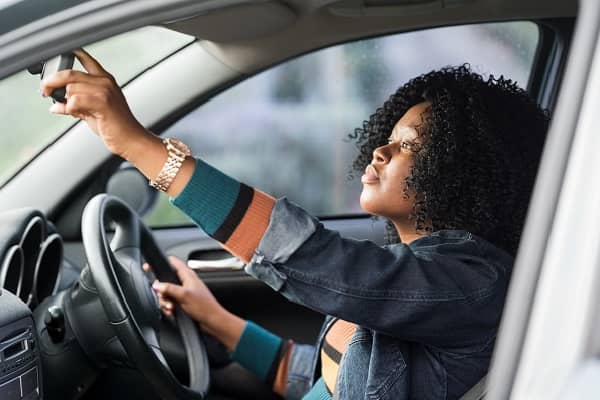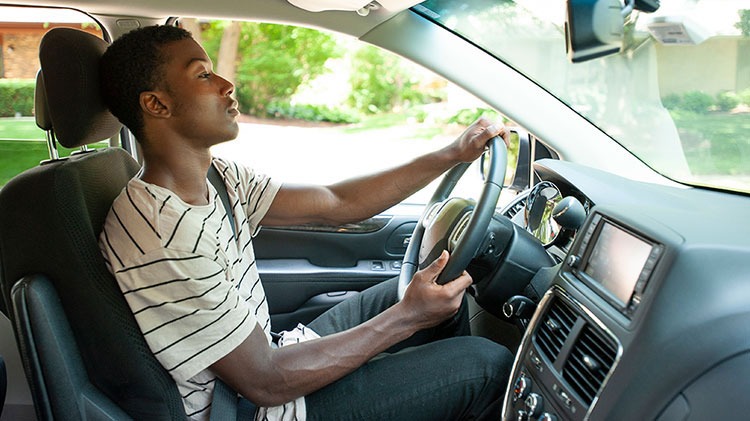Defensive driving surpasses mere adherence to traffic regulations and basic driving skills, aiming to enhance driver safety and reduce the likelihood of collisions.

It involves anticipating hazardous situations, even in adverse conditions or when others make mistakes. Employ these essential principles of defensive driving to minimize accidents:
- Minimize Distractions: Numerous car accidents occur due to driver distractions. As the foremost tip in defensive driving, eliminate potential distractions inside the vehicle, such as eating or engaging in conversations.
- Focus on the Horizon: Instead of fixating on the car directly ahead, maintain focus on the horizon while observing the traffic ahead. This broad perspective enables early identification of potential risks, affording ample time for necessary adjustments.
- Stay in One Lane: Frequent lane changes often lead to accidents, particularly when sudden maneuvers result in rear-end collisions. Choose a lane and remain in it for as long as feasible to reduce the likelihood of such incidents.
- Monitor Lane Changers: If you’re not changing lanes yourself, remain vigilant of other drivers who do. Many motorists attempt risky maneuvers between vehicles. Regularly check your mirrors to identify fast-approaching vehicles and adjust your speed accordingly, allowing them to pass safely.
- Watch Blind Spots: Some drivers negligently change lanes without checking blind spots, posing a risk of collision. To avoid potential accidents, steer clear of blind spots of nearby vehicles. Increase your speed to become visible or decelerate to maintain a safe distance behind the other car.
- Avoid Eye Contact: Direct eye contact between drivers often escalates road rage. Drivers prone to aggressive behavior seek opportunities to provoke others rather than reacting to immediate events. To defuse such situations, refrain from making eye contact and continue driving without engaging in unnecessary interactions.
- Check Intersections: Intersections are common accident hotspots. While many drivers promptly proceed when the light turns green, not everyone adheres to red lights. Prior to entering an intersection, check for cars disregarding the signal on your left side, and then scan to the right before proceeding cautiously.
- Understand Swerving Rules: Swerving should only be employed as a last resort when collision prevention becomes impossible through other means. Ensure the lane you intend to enter is clear, swiftly execute the maneuver, and promptly return to your original lane to avert further complications.
- Maintain Distance from Reckless Drivers: When identifying a driver exhibiting signs of recklessness, it’s crucial to create distance between your vehicle and theirs. Consider changing lanes or slowing down to allow the car to pass, reducing the risk of a rear-end collision. When overtaking a reckless driver, maintain a safe distance.
- Avoid Tailgating: Driving too closely to the vehicle in front diminishes your ability to react swiftly, increasing the chances of an accident. Aim to maintain a minimum gap of three to four seconds between your vehicle and the one ahead. Larger vehicles require additional space for ample braking time. Tailgating consistently ranks among the top ten defensive driving tips due to its significance.
By adhering to these top ten defensive driving tips, you’ll enhance your accident prevention skills by cultivating heightened awareness of your surroundings.














